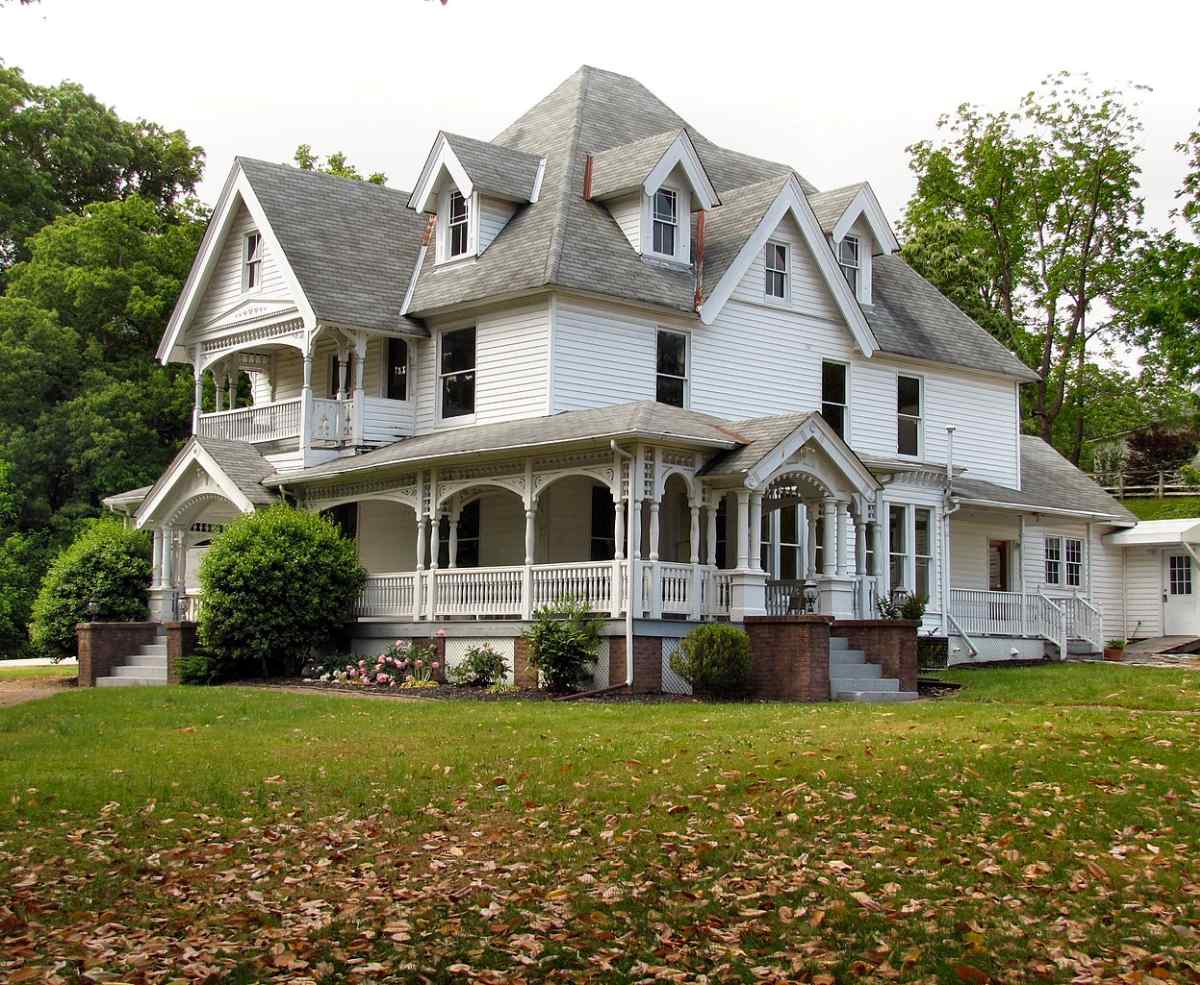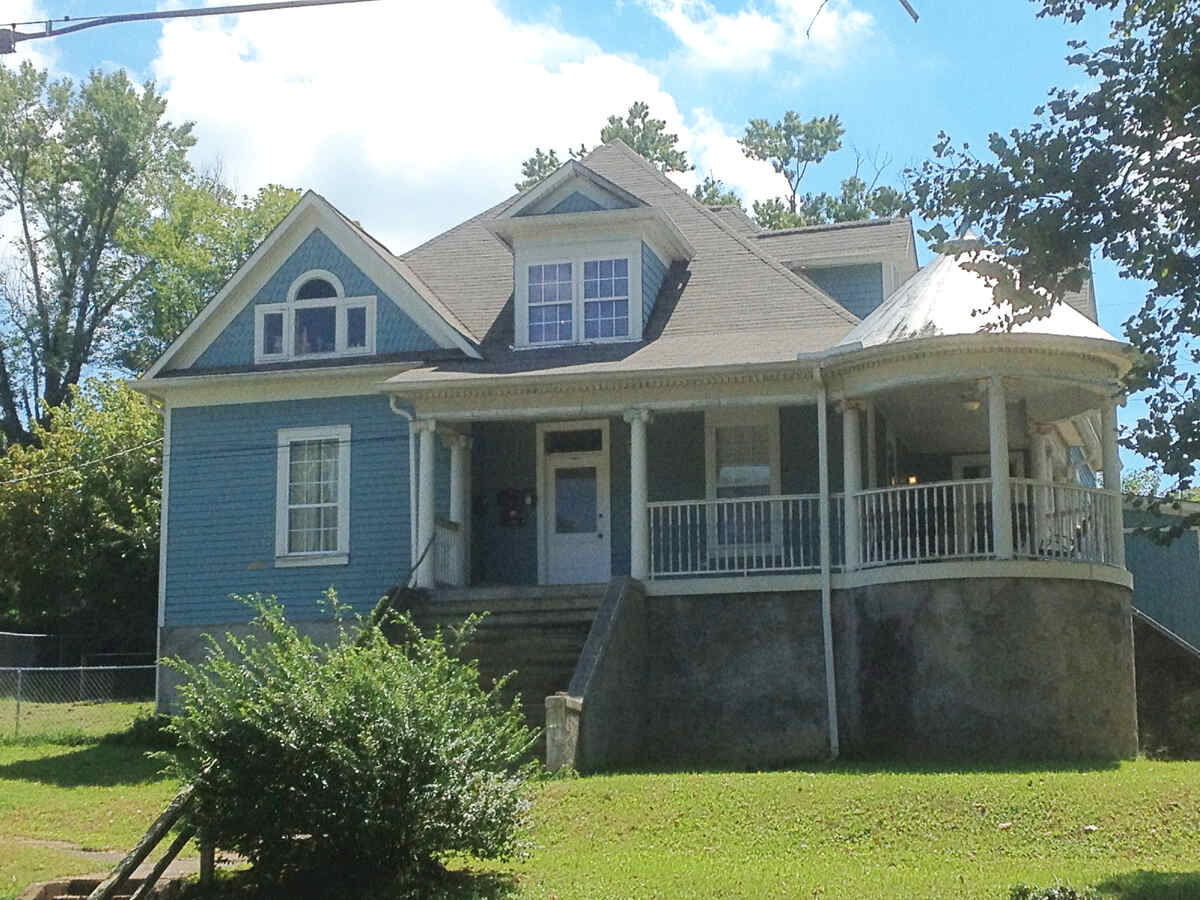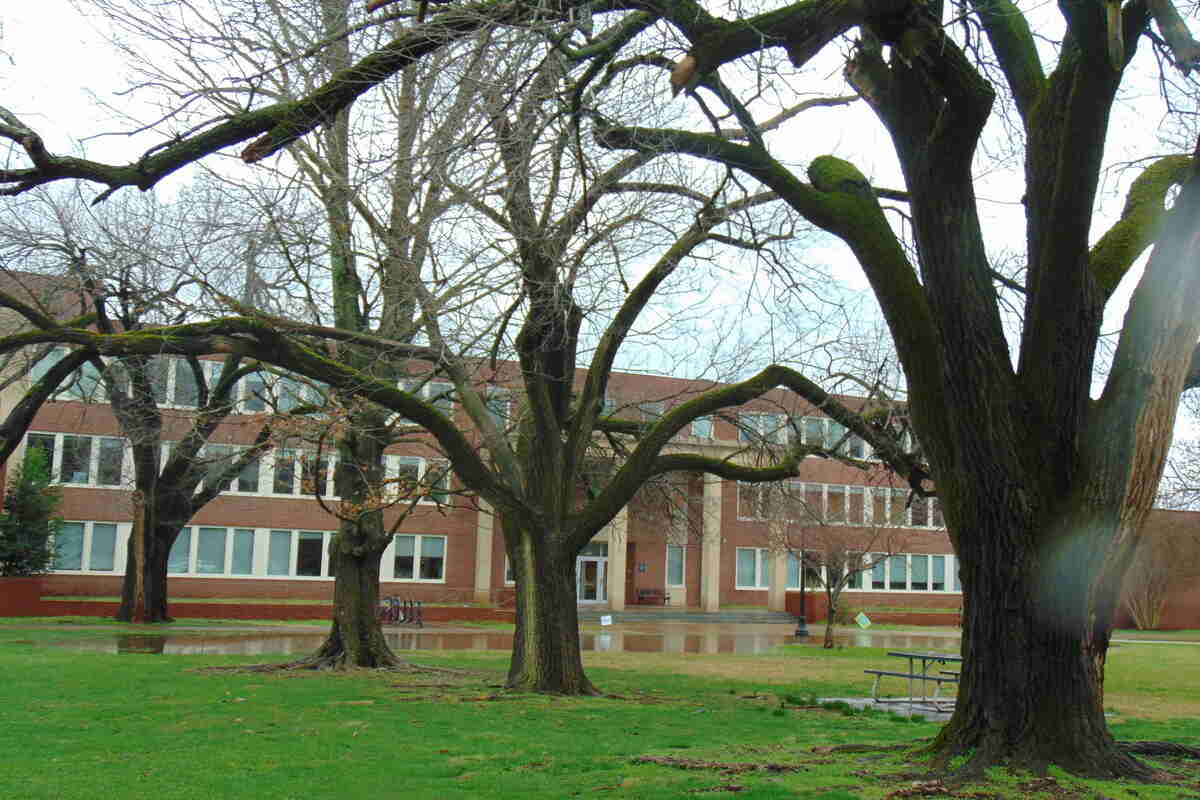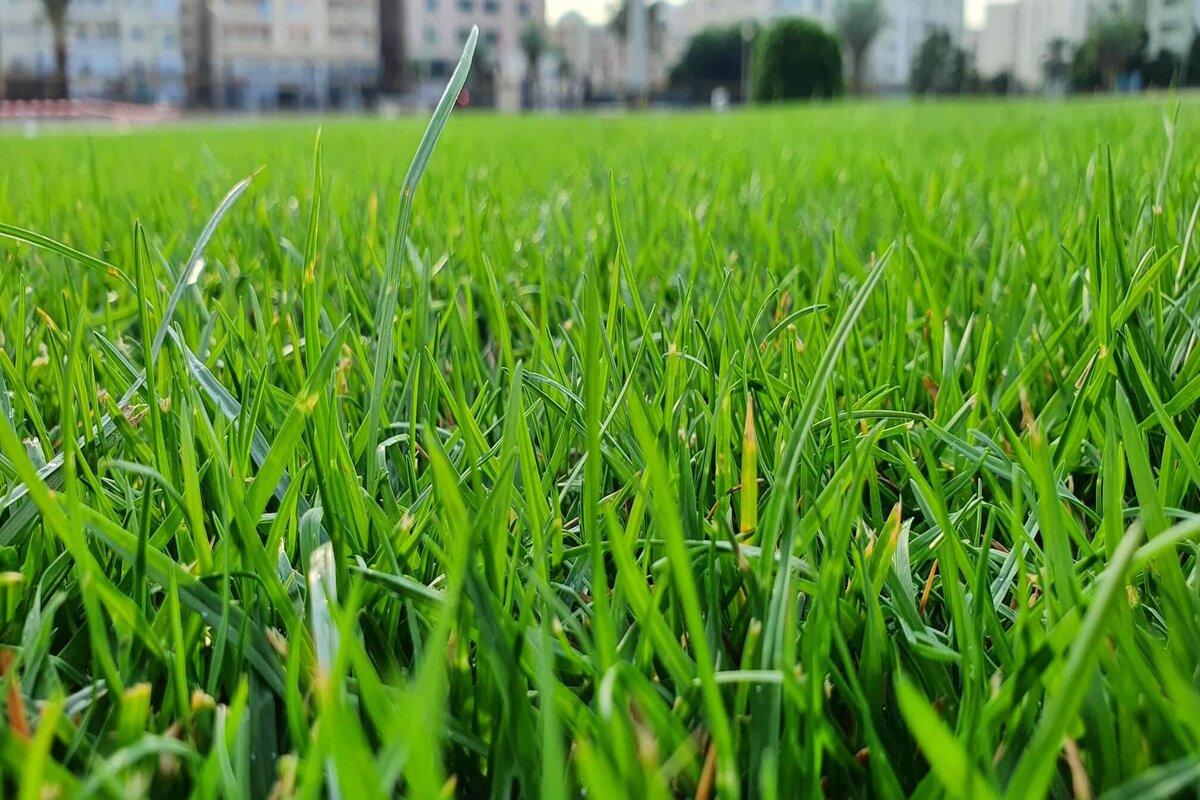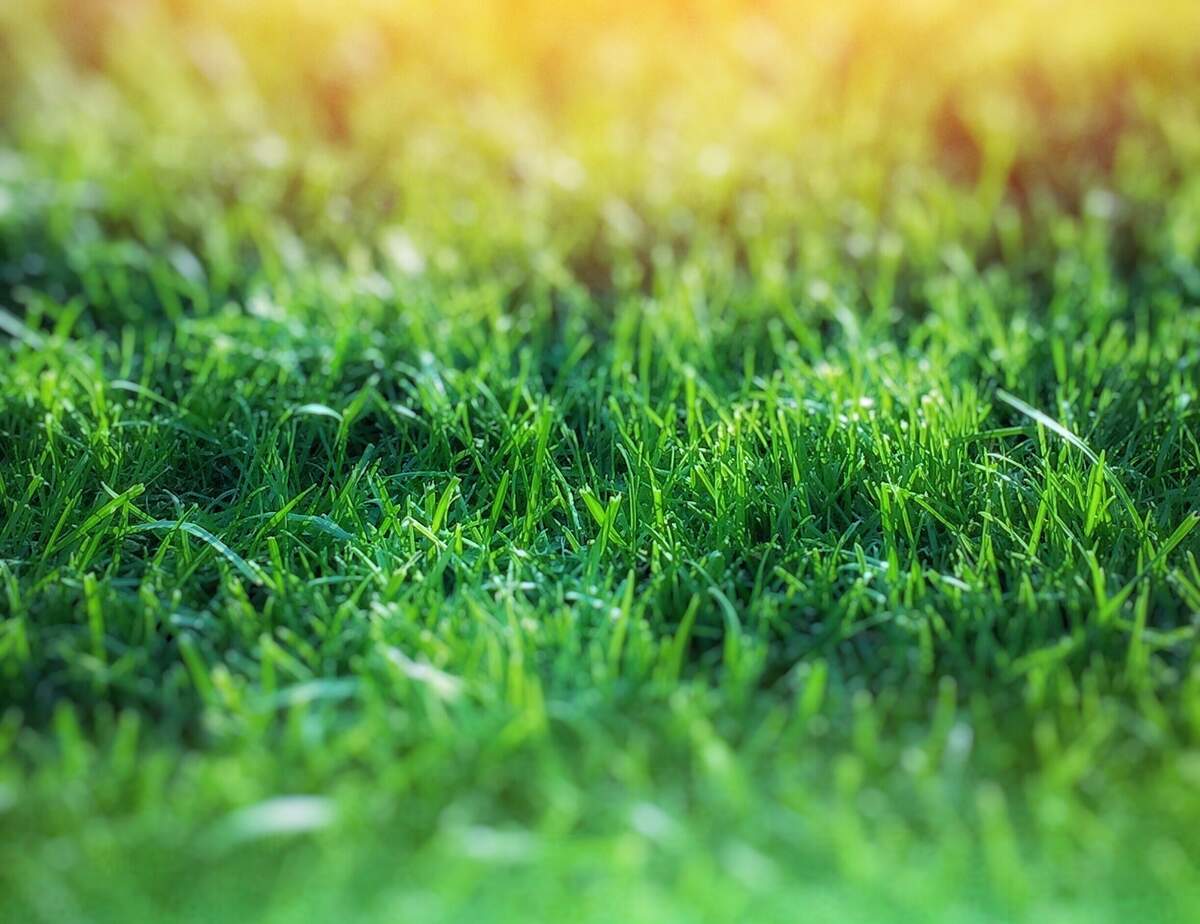
Homeowners in Middle Tennessee enjoy having a beautiful, well-kept lawn. Lawns can increase your property value and provide a place for you to relax and enjoy the peace, love, and land of country music. But which are the best grass types for your Nashville lawn?
In addition to planting suitable grass, a beautiful lawn needs time, care, and maintenance to thrive. Whether you’re trying to replace an unsightly eye sore or simply want to start over, it’s crucial to know these five best grass types to plant in Nashville.
What Are The Best Grasses for Your Nashville Lawn?
Tennessee’s location is both a blessing and a curse as it’s positioned in the transition zone. This makes selecting the ideal grass for your lawn difficult. Warm-season grasses struggle in freezing winters, and cool-season grasses may suffer in hot summers.
The advantage is that you have more options for what and when to plant. Opting for cool-season grass will keep you in the green all winter long, while warm-season grasses are perfect for backyard barbecues and Nashville nights. So, pick your season, and choose from the five most popular grass types for your Nashville lawn.
1. Tall Fescue
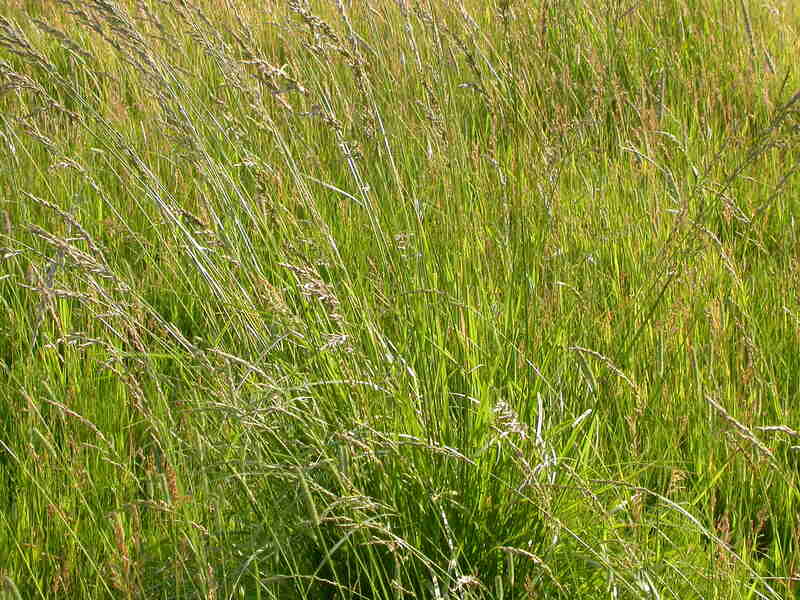
Photo Credit: Matt Lavin / Flickr / CC BY-SA 2.0
Tall fescue grass, with its deep green, thick blades, is a popular cool-season species in Nashville lawns. Because of its coarse leaves, drought tolerance, and disease resistance, tall fescue is an excellent option for lawns.
- Classification: Cool-season grass
- Spreads by: Bunch-type grass
- Shade tolerance: Medium tolerance. Tall fescue grass is fairly shade-tolerant and is resistant to damage from pet waste.
- Drought tolerance: Medium tolerance. If there is a prolonged period of dry weather, tall fescue will go dormant.
- Foot traffic tolerance: Moderate tolerance
- Maintenance requirements: To avoid stressing your grass, mow once a week, though less frequently during a drought. Weeds should be treated with pre-emergent herbicide in spring and fall as a preventative. Treat pests like grubs as needed, usually early spring and summer. Use a fertilizer with nitrogen in the spring and fall.
- Mowing height: Mow to 2 to 4 inches. Tall fescue does not require much water or mowing during the hot and dry months. When trimming your grass, always remember the one-third rule.
- Potential for Disease: Low. Tall fescue is a disease-resistant species.
Grass Seed Options:
– Triple-Play Tall Fescue Grass Seed Blend (5000 sq ft)
– Eretz Kentucky 31 K31 Tall Fescue Grass Seed (choose your size)
– Pennington The Rebels Tall Fescue Grass Seed Mix (7 lb.)
2. Kentucky Bluegrass
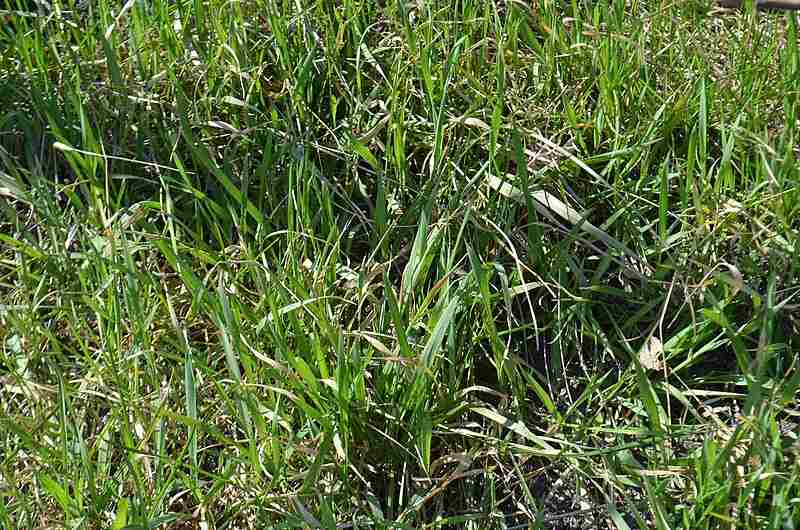
Photo Credit: Ethan2039 / Wikimedia Commons / CC BY-SA 4.0
Kentucky bluegrass (KBG) is a medium-bladed grass that produces a beautiful, dense lawn. This higher-maintenance grass prefers full sun and has rhizomes that allow it to recover from wear. KBG exhibits a blueish-green tint and flaunts it for most of the year. Bluegrass is another cool-season species that grows best in the fall and winter months.
Kentucky bluegrass has shallow roots compared to tall fescue. However, mixing the two can create a more heat- and drought-resistant lawn. Tall fescue to Kentucky bluegrass seed mixtures are often planted at a weight ratio of 90:10, as KBG doesn’t do well in Tennessee on its own.
- Classification: Cool-season grass
- Spreads by: Once established, it spreads swiftly by subterranean stems called rhizomes to form a thick, self-repairing turf.
- Shade tolerance: Low to medium tolerance. Bluegrass prefers full sun but tolerates some shade.
- Drought tolerance: Medium tolerance. This grass will need extra water and attention to stay green during high heat or periods of drought.
- Foot traffic tolerance: High tolerance. Kentucky bluegrass is ideal for high-activity areas due to its ability to self-repair.
- Maintenance requirements: Compared to other cool-season lawn grasses, it requires more nitrogen fertilizer and can produce a lot of thatch.
- Mowing height: Mow to 2 to 2 1/2 inches. Bag the clippings during the last mow of the fall and first mow each spring to prevent cold weather issues like snow mold.
- Potential for disease: Moderate to high. Several diseases that can damage Kentucky bluegrass include leaf spot, dollar spot, stripe smut, necrotic ring spot, and summer patch.
Grass Seed Options:
– Jonathan Green (11970) Blue Panther Kentucky Bluegrass Grass Seed (3 lbs.)
– SeedRanch Midnight Kentucky Bluegrass Seed (5 lbs.)
– Jacklin Seed – Biltmore Blue Blend – 100% Kentucky Bluegrass (5 lbs.)
3. Perennial Ryegrass
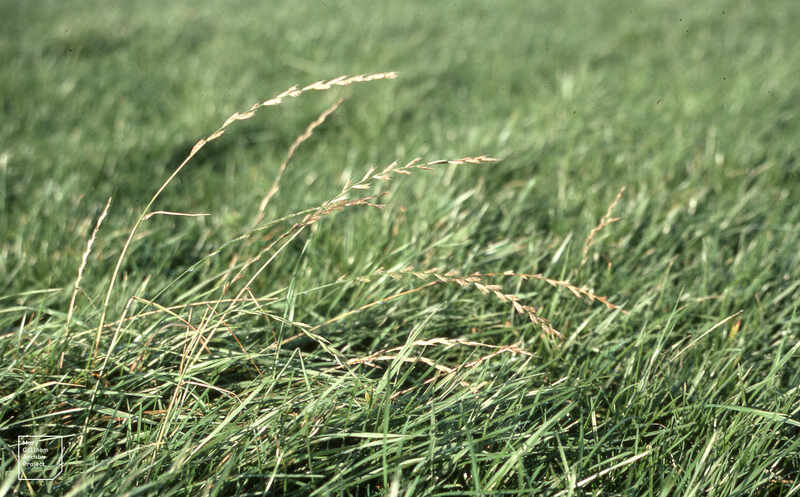
Photo Credit: Dr Mary Gillham Archive Project / Flickr / CC BY 2.0
Perennial ryegrass, another cool-season species, is in use at Neyland Stadium’s field. It’s planted everywhere — athletic fields, golf courses, parks, you name it. Ryegrass is a popular species because it has the highest wear tolerance of any of the cool-season species. Therefore, it can handle a lot of foot traffic and will still look great.
Fast-growing perennial ryegrass has tough blades, a robust root structure, and loves full sun. Ryegrass is usually used for overseeding in the winter months. Because of its ability to grow beautifully through cold temperatures, it’s used to keep your lawn vibrant and green throughout the cold season.
- Classification: Cool-season grass
- Spreads by: A bunch-type grass that is fast-growing and establishes quickly.
- Shade tolerance: Low tolerance. Perennial ryegrass thrives in full sun.
- Drought tolerance: Low tolerance. It may go dormant in high heat and drought.
- Foot traffic tolerance: High tolerance. However, ryegrass does not self-repair and should be overseeded in the fall.
- Maintenance requirements: The waxy coating on the ryegrass leaves make it an excellent candidate for lawn striping. Perennial ryegrass has moderate fertilization needs, and it works well when overseeded on dormant bermudagrass.
- Mowing height: Mow to 2 to 3 inches. Bag your last mow in the fall and first mow each spring to prevent cold weather issues like snow mold. Most often mixed with Kentucky bluegrass and fine fescue in a cool-season mix.
- Potential for disease: High. Leaf spot or melting out are primary concerns.
Grass Seed Options:
– Outsidepride Perennial Ryegrass Seed (5 lbs.)
– Eretz ProTurf Perennial Ryegrass Fine Lawn Seed (choose your size)
4. Bermudagrass
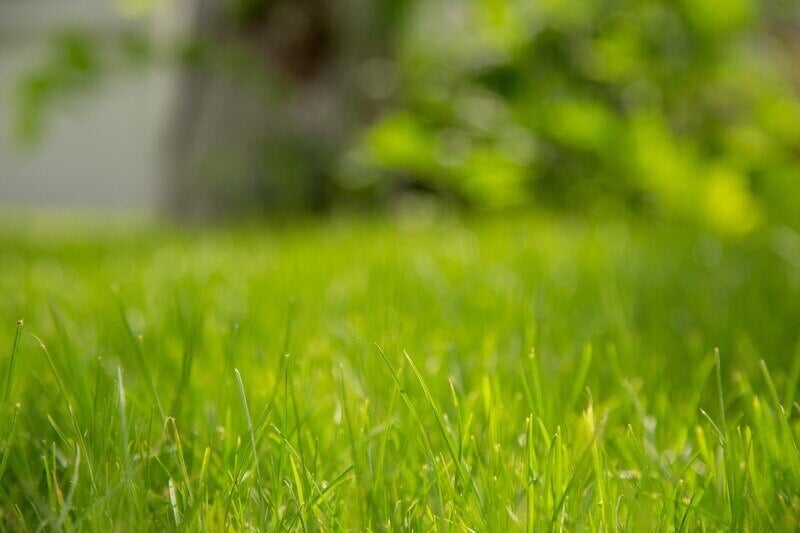
Photo Credit: Pexels
Bermudagrass is a beautiful species of warm-season grass. Although it’s often used for football fields and golf courses, many homeowners decide to plant it for their lawns as well. Bermudagrass requires lots of sunshine and grows best on lawns that get little shade.
If you plant Bermudagrass, be prepared for a rigorous maintenance schedule. This type of grass will require monthly fertilization, mowing more than once per week, and frequent irrigation. If you’re willing to take the plunge, late spring is the best time to plant this fast-establishing grass type.
- Classification: Warm-season grass
- Spreads by: It reproduces using both stolons (above-ground stems) and rhizomes (below-ground stems).
- Shade tolerance: Low tolerance. Bermudagrass must have full sun to grow.
- Drought tolerance: High tolerance. It may go dormant in high heat and drought but recovers quickly with regular irrigation.
- Foot traffic tolerance: High tolerance. Compared to most grasses, it heals far more quickly from damage.
- Maintenance requirements: Bermudagrass does require more regular maintenance than other grass species. During the summer, you should fertilize once a month, mow more than once a week, and irrigate regularly.
- Mowing height: Mow to 1 to 2 inches. Bag the last mow of the fall and first mow of the spring to help avoid fungal illness.
- Potential for Disease: High. One to watch out for is take-all root rot that spreads in the cooler seasons.
Grass Seed Options:
– Pennington Bermudagrass Bare Spot (5 lb. bag)
– Pennington Smart Seed Bermudagrass Mix (8.75-lb. bag)
– Scotts Turf Builder Bermudagrass (10-lb. bag)
– Hancock Seed Co. Bermudagrass (50-lb. bag)
5. Zoysiagrass
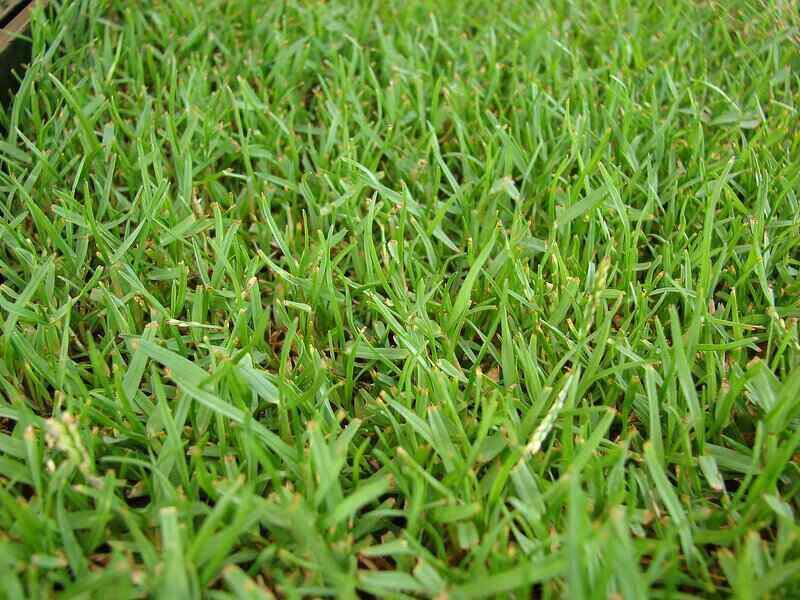
Photo Credit: Forest and Kim Starr / Wikimedia Commons / CC BY 3.0 US
Zoysia is a warm-season species that grows best in moderate to full sunlight. So, if your lawn gets a nice mix of sunlight and shade, Zoysia may be a good option for you. This grass type is slow to grow, which means that you won’t be mowing your lawn as often.
However, growing slowly also means that recovering from damage will take a long time. Zoysia is also drought tolerant, very durable, and resistant to many diseases and wear. Zoysia is a tricky one to maintain, but if you’re a diligent homeowner, you’ll certainly have the best-looking lawn in town.
- Classification: Warm-season grass
- Spreads by: Spreads by stolons (above-ground stems) and rhizomes (underground stems)
- Shade tolerance: Medium tolerance. Zoysia will grow in partial shade but may be thinner in these areas.
- Drought tolerance: High tolerance once established. Some cultivars are more tolerant than others.
- Foot traffic tolerance: High tolerance. Zoysiagrass can take a beating but doesn’t heal quickly.
- Maintenance requirements: Zoysia is a great option for the transition zone and, once established, doesn’t need as much attention; however, when done right, your lawn will be greener than your neighbor’s envy.
- Mowing height: Mow to 1 to 2 inches. Its slow growth doesn’t require much mowing.
- Potential for Disease: Low to moderate. Zoysia is prone to rust, large patch, and dollar spot.
Grass Plug and Seed Options:
– Zoysia Plugs (50 Large Grass Plugs)
– Zoysia Plugs (50 Full & Lush Grass Plugs)
– Zoysia Plugs (100 Plugs)
– Zoysia Emerald Grass Seeds (1/8 lb. of seeds)
– Zenith Zenith Grass Seeds (1/8 lb. of seeds)
How to Choose the Best Grass Type for Your Nashville Lawn
When making your choice for the perfect Nashville turf, keep a few things in mind:
How Much Sunlight Does Your Yard Get?
- Low shade tolerance: Perennial ryegrass, Bermudagrass
- Medium shade tolerance: Tall fescue, Kentucky bluegrass, Zoysiagrass
How Much Time Do You Want to Spend Working on Your Lawn?
- Low maintenance: Tall fescue
- Medium to high maintenance: Kentucky bluegrass, perennial ryegrass, Bermudagrass, Zoysiagrass
When to Hire a Pro
If the notion of having someone else mow the lawn makes your heart sing like the Grand Ole Opry, then get in touch with a Nashville lawn care specialist today. Visit our Nashville page and let us help you with the lawn of your dreams.
Additional source: Pennington
LawnStarter participates in the Amazon Services LLC Associates Program, an affiliate advertising program. LawnStarter earns revenue from products promoted in this article.
Main Image Credit: Pexels

